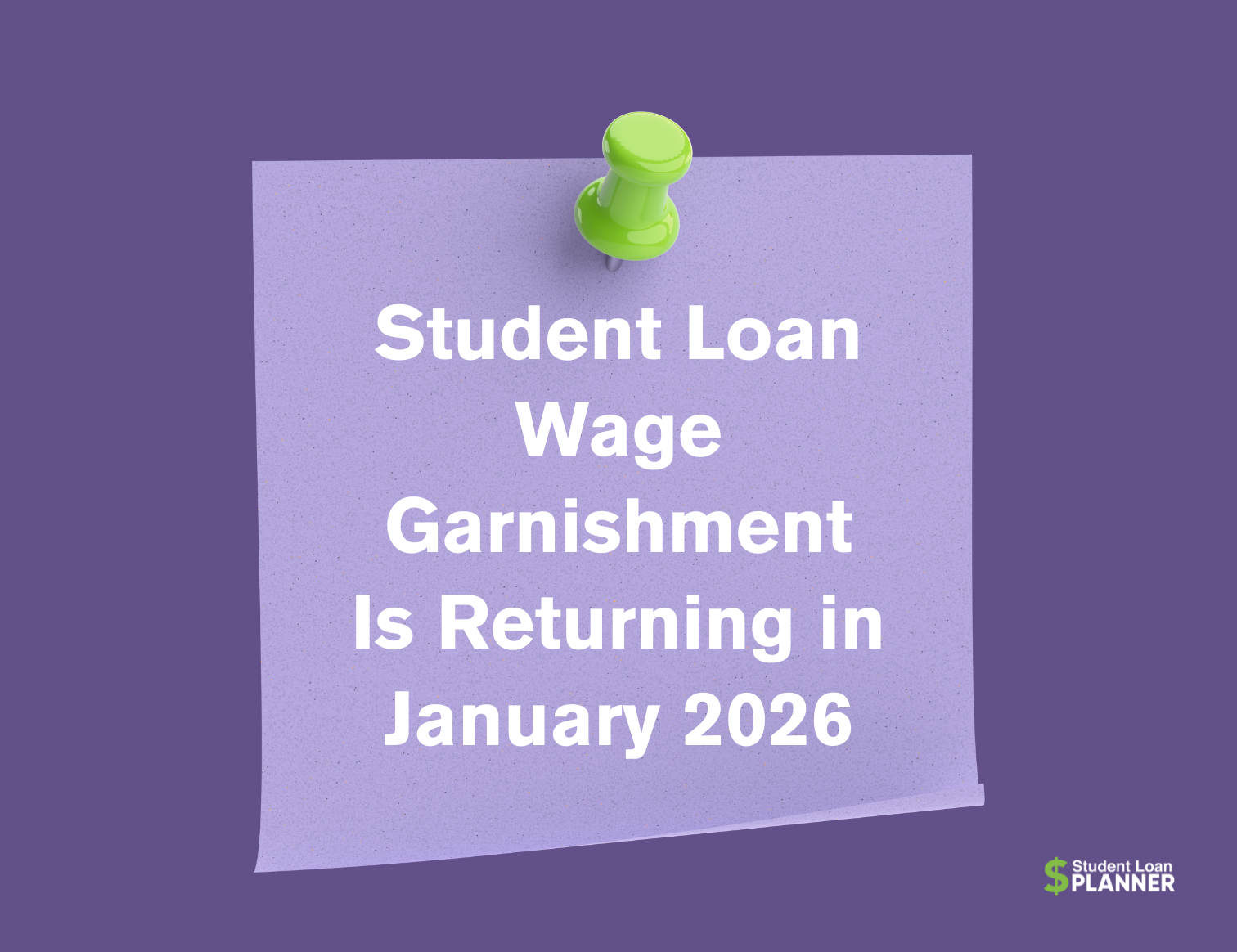
What You Should Know Before Trading Share-Based CFDs
“Don’t trade what you don’t understand.” It’s a simple truth that holds up, especially in fast-moving markets.If you’re curious about making money from price movements in stocks without actually owning them, then you’re already halfway into the world of CFDs.But before you dive in, it’s crucial to know what you’re really getting into.
Share-based contracts for difference (CFDs) are a unique way to trade global stock prices without buying the actual shares.While the idea might sound exciting, it’s also packed with risk and complexity.
In this article, we’ll explore how 股票 CFD (stocks CFD) works, why it’s gaining popularity, and what you should absolutely know before getting started.
The Basics: What Share-Based CFDs Really Are
At its core, a stock CFD is a financial contract between you and a broker.You’re not actually owning the stock—you’re just betting on whether the price will go up or down.If you guess correctly, you earn the difference between the entry and exit prices.
The biggest appeal? You can trade both up and down movements.This means you can make money even in falling markets, something traditional investors can’t always do.
But with this freedom comes responsibility—and risk.
CFDs vs.Regular Stock Trading: Know the Difference
Many beginners mistake CFDs for regular stock trading, but the two are very different.In stock trading, you become a shareholder with ownership rights, dividends, and voting power.In contrast, CFDs offer no ownership—just potential profit or loss based on price shifts.
Here’s what sets them apart:
- Ownership: Stocks = yes, CFDs = no
- Leverage: CFDs allow higher leverage, meaning more risk
- Costs: Stocks have commissions; CFDs may have spreads or overnight fees
The Power and Danger of Leverage
One of the most attractive features of share-based CFDs is leverage.
Leverage lets you control a large position with a relatively small deposit.For example, a 10% margin requirement means you can control $1,000 worth of stock with just $100.
But there’s a catch- leverage magnifies both profits and losses.A small market move against your position could wipe out your entire investment.Always use stop-loss orders, and never risk more than you can afford to lose.
What to Look for in a CFD Trading Platform
Not all brokers or platforms are created equal.
Choosing the right one can make a huge difference in your trading experience.A solid platform gives you peace of mind and sharper control over your trades.
Here’s what you should check before signing up:
- Regulation: Is the broker licensed in a well-known region?
- Fees & Spreads: Look beyond the flashy “zero commission” claims
- Trading Tools: Platforms should offer charting tools, risk management options, and fast execution
- Customer Support: You’ll want help when things go sideways
Mistakes to Avoid When Trading CFD Stocks
Many traders dive into CFDs without fully understanding how they work.That’s often when trouble begins.A smart trader learns from others’ mistakes—so you don’t have to make them yourself.
Here are some common pitfalls to avoid:
- Overtrading: Don’t chase every price movement.
Stay focused and plan your entries.
- Ignoring Fees: Overnight holding costs and spreads can add up quickly.
- No Risk Management: Skipping stop-loss orders is like driving without brakes.
- Emotional Trading: Fear and greed can ruin even the best strategies.
Trading share-based CFDs isn’t something to take lightly.While the potential gains can be tempting, the risks of 股票 CFD (stocks CFD) are real and should never be underestimated.Stay informed, stay cautious, and keep your goals clear.If you’re ready, start small and always prioritize learning over chasing profits.
Publisher: Source link





